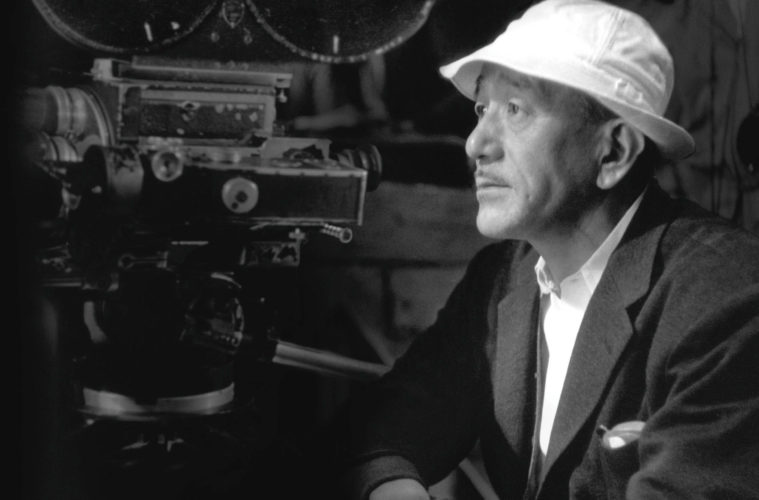If few living cineastes — save for, let’s say, David Bordwell — have a really solid grasp of Yasujirô Ozu, it’s not for lack of interest — nor even that the movies are impenetrable puzzles, like some social-realist Japanese Shane Carruth. (I sometimes wonder if that’s Kiyoshi Kurosawa, but let’s not go there right now.) It’s really a compliment to their singular vision, the assurance that what you’re watching (be it Late Autumn or Tokyo Story or There Was a Father) comes from the same man who made three other titles you’ve recently seen. The question is not in the “how” something is made; it’s the “why” with regard to what’s being presented in this particular manner.
You won’t come away from Lewis Bond‘s video essay, The Simplicity of Ozu, knowing as much about his oeuvre as Bordwell, and that’s all right — there’s still plenty to be gained. By utilizing clips from many of his pictures (canonical and non-canonical alike) as examples, discussed via voiceover, of the dominant visual style(s), it makes the most of its 16 minutes to condense dozens upon dozens of works. During that time, you’ll have much illustrated, including the contrasting use of lenses and his famed pillow shots, the requirements of inference in his narratives, the rhythms and significance of his cutting, or even the meaning of landscapes. As a fan of Ozu’s, I feel little hesitance in calling this top-dollar work.


